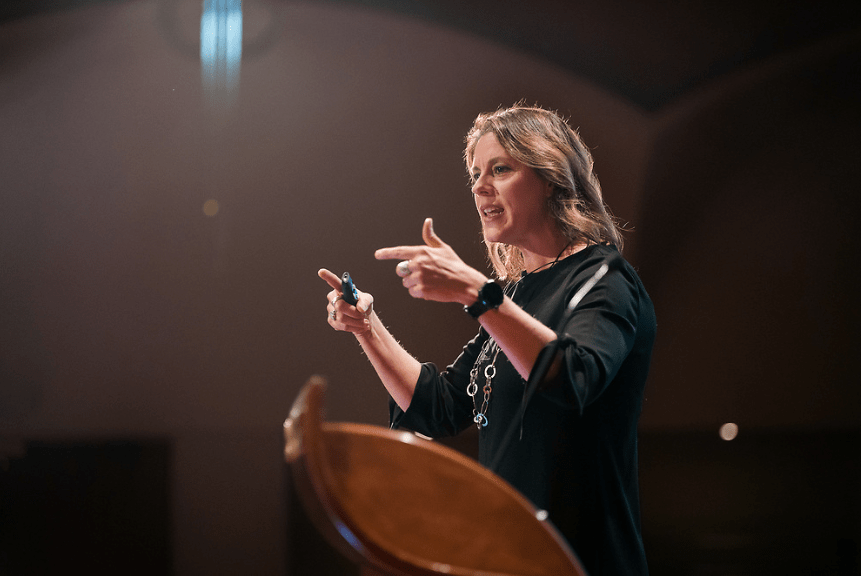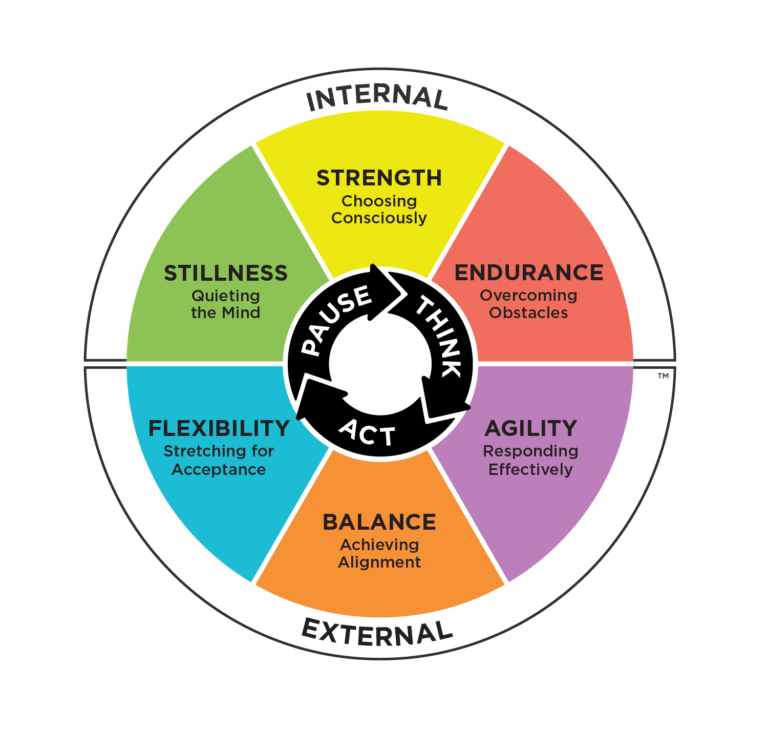The Spark behind Thoughtfully Fit®
Darcy hadn’t seen her former coaching client Sam in over a year, when he called and said “I did it!”
She was a little lost, since she had no idea what ‘it’ was, but then he said, “I was trying to figure out how to talk to my coworker that I hate, and I really wanted to call and get your help. But then I stopped and thought – what would Darcy say? I knew you’d ask me a bunch of questions, so that’s what I did! I asked myself questions, figured out a plan, and did it. And it all worked out!”
As this kept happening more and more, Darcy had an AHA moment.

What if she could help people learn to coach themselves?
What if she could identify the main obstacles that get in the way of living a fulfilled life and teach people how to address them?
After decades of studying coaching, leadership, conflict, emotional intelligence and systems, Darcy realized that while no two clients were exactly the same, a lot of similar stories popped up over and over again. As she worked through challenges with teams and individuals, she also noticed that often what was most helpful were three key components of coaching: making space, asking powerful questions, and designing actions.
When clients actually took the time to sit down and identify their issues, and answer questions about what was really happening, what they wanted to get out of a particular situation, or what they perceived to be standing in their way, they positioned themselves to make real progress forward.
Following her own advice, Darcy took the time to let these emerging themes roll around in her mind. She undertook two years of intense research, case studies, and qualitative research (building on her master’s thesis on life coaching) that helped identify the six themes of obstacles she kept seeing over and over with clients.

These themes became the basis for the Thoughtfully Fit® model:
- STILLNESS: There’s so much to do, I can’t even think.
- STRENGTH: I don’t always handle myself the way I’d want to.
- ENDURANCE: I feel stuck.
- FLEXIBILITY: I’d be fine if (only) you were different.
- BALANCE: I have relationships that aren’t working.
- AGILITY: I react poorly when blindsided.
As the themes continued to develop, Darcy and her team also discovered that the key to working through these issues, either with a coach or on their own, could be broken down into three steps: PAUSE, THINK, and ACT. This became the core to being Thoughtfully Fit.
And as with any physical activity that is easier if you have a strong core (and you are less likely to get injured!), the same is true for your life and relationships if you have a strong Thoughtfully Fit core.
